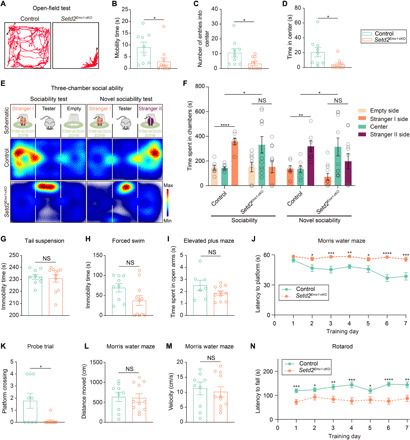Fig. 3. Setd2Emx1-cKO mice exhibit defects in social interaction, motor learning, and spatial memory.

(A) Representative traces of a control mouse and a Setd2Emx1-cKO mouse in the open-field arena. (B to D) Quantification of mobility time (B), number of entries into center (C), and time in the center (D) in the open-field test. (E) Representative tracing heatmap of a control mouse and a Setd2Emx1-cKO mouse during three-chamber sociability test and novel sociability test. (F) Quantification of (E). (G and H) Immobility time in tail suspension (G) and forced swim test (H). (I) Time spent in open arms in elevated plus maze test. (J) Latency to find the hidden platform across training days. (K) Frequencies of platform crossing during a probe trial (without a platform) after training. (L and M) Distance moved (L) and velocity (M) during the probe trial. (N) Latency to fall during the rotarod test. Each point represents data derived from one mouse. Data are represented as means ± SEM. *P < 0.05, **P < 0.01, ***P < 0.001, and ****P < 0.0001; NS, not significant. n = 9 mice for control [n = 7 in (I)] and n = 11 mice for Setd2Emx1-cKO.
